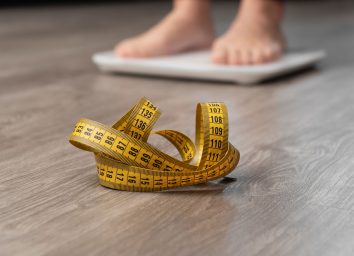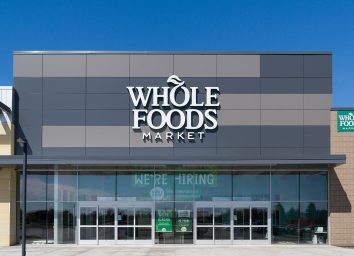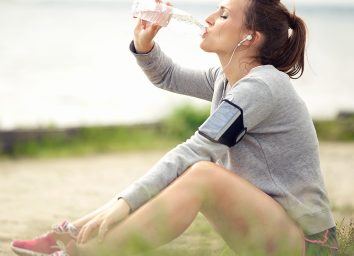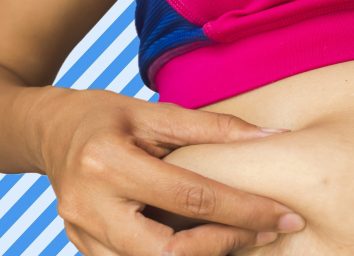14 Low-Calorie Mistakes Making You Fat
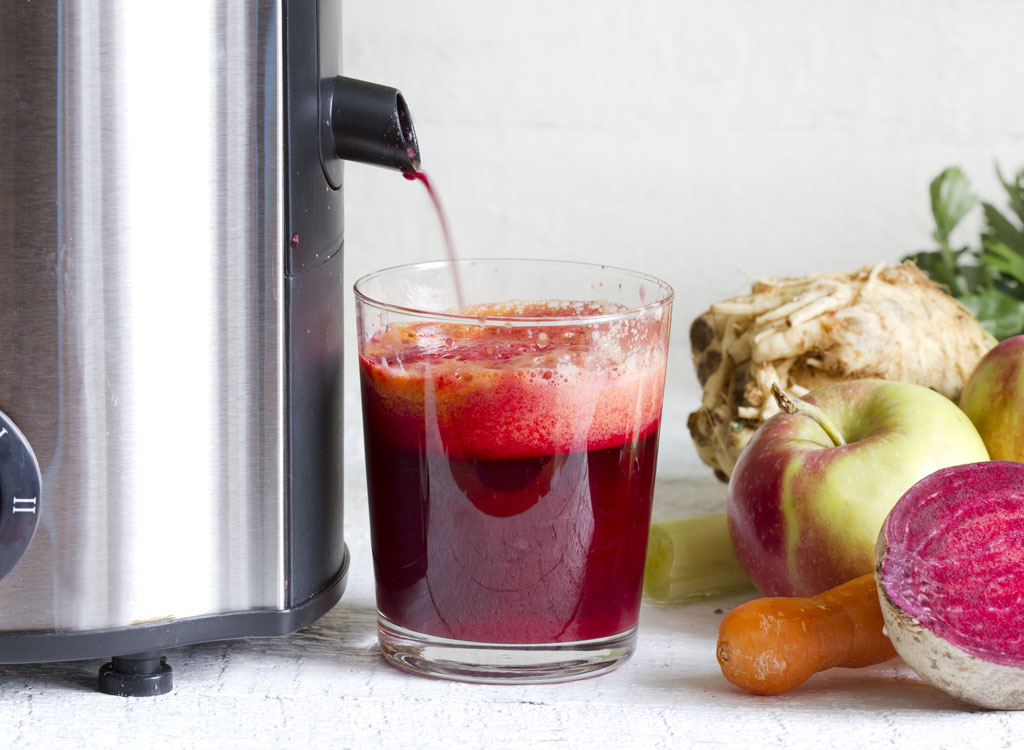
You’ve nixed the sugar from your morning coffee, cut your lunchtime portion in half, and swapped your evening pasta for a hearty salad. But despite your efforts to cut back on calories, you’re still not losing weight. Which has left you wondering: “What gives?!”
“Calorie counting is not the only game in town when it comes to weight loss,” Jennifer Cassetta, clinical nutritionist, personal trainer, and expert from ABC’s “My Diet Is Better Than Yours” tells us. A lot of things play a role in weight loss—a number of which have nothing to do with calories. Plus, there are a number of common low-calorie diet mistakes people make that make it difficult for them to shed weight.
To help you get the body you’ve always wanted, we’ve rounded up some of the most common mistakes and came up with some simple—yet totally effective—ways to overcome each hurdle. Read on to discover if any of these issues are to blame for your stalled progress. And if this list happens to leave you spooked by the idea of counting yet another calorie, click on over to our report 30 Weight Loss Tips Better Than Counting Calories for other ways to shrink your gut.
You’re Too Strict
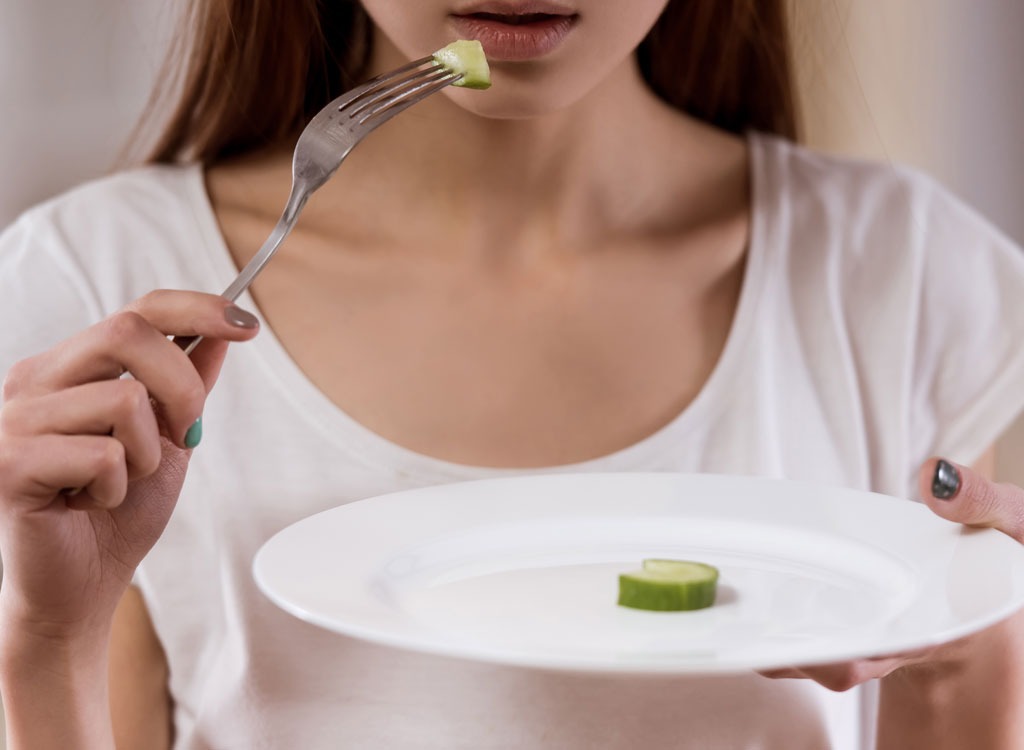
If you’re restricting your caloric intake too much, you’re bound to snap and overdo it later on. Instead of starving yourself all day, focus on eating a wholesome combination of nutrients at every meal, and stick to a reasonable portion size. The general rule of thumb is to fill half of your plate with fruits and non-starchy veggies and then split the remaining half between whole grain sources of carbs and lean protein. You should also consume about a tablespoon of healthy fat. Focus on following this format rather than counting each and every calorie. Not only will this method help keep you sane, you’ll probably see a difference reflected on the scale, too.
You Buy 100-Calorie Packs
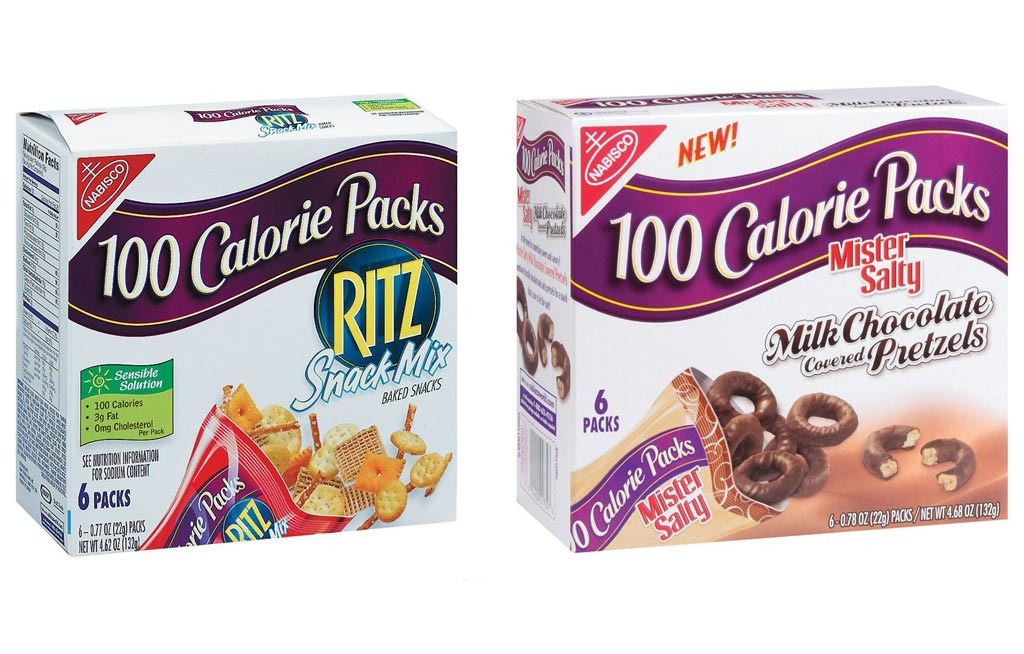
While pre-portioned snack packs make sense for high-calorie healthy foods like guacamole and nuts, you’re fooling yourself if you think that pre-portioned cookies and crackers are actually wholesome eats. Sure, these things are low-calorie, but they are also low in nutrition and usually high in chemicals your body doesn’t need and doesn’t know how to process. When this happens, health experts hypothesize that it becomes more difficult for the body to deal with calories. Simply put, processed, low-calorie junk may be doing your body more hard than good by slowing your metabolism.
So, what should you do instead? “Don’t count calories. Instead, read the ingredients and make sure you’re eating real food. Don’t buy the marketing hype; buy the ingredients,” suggests Abel James, the creator of “The Wild Diet,” a plan that allows for meats, cheeses, butter, and even chocolate. Another suggestion? Mix and match some of these 50 Snacks With 50 Calories or Less.
You’re Choosing the Wrong Canned Soup

Which brings us to our next point. When people are overly focused on calories, they often overlook other things on the nutrition label, like sodium—which can be bad news for your belly. Why? According to recent findings out of Queen Mary University in London, for every extra gram of salt you eat in a day (that’s a mere ⅕ of a teaspoon or about what you’ll find in one of those tiny salt packets from the deli) the risk of obesity climbs by a staggering 25 percent. Researchers speculate that sodium alters our metabolism, changing the way in which we absorb fat. If that doesn’t convince you to look for packaged fare (like soup!) that’s both low-calorie and low-sodium, we’re not sure what will.
You’re Forgetting About Fiber
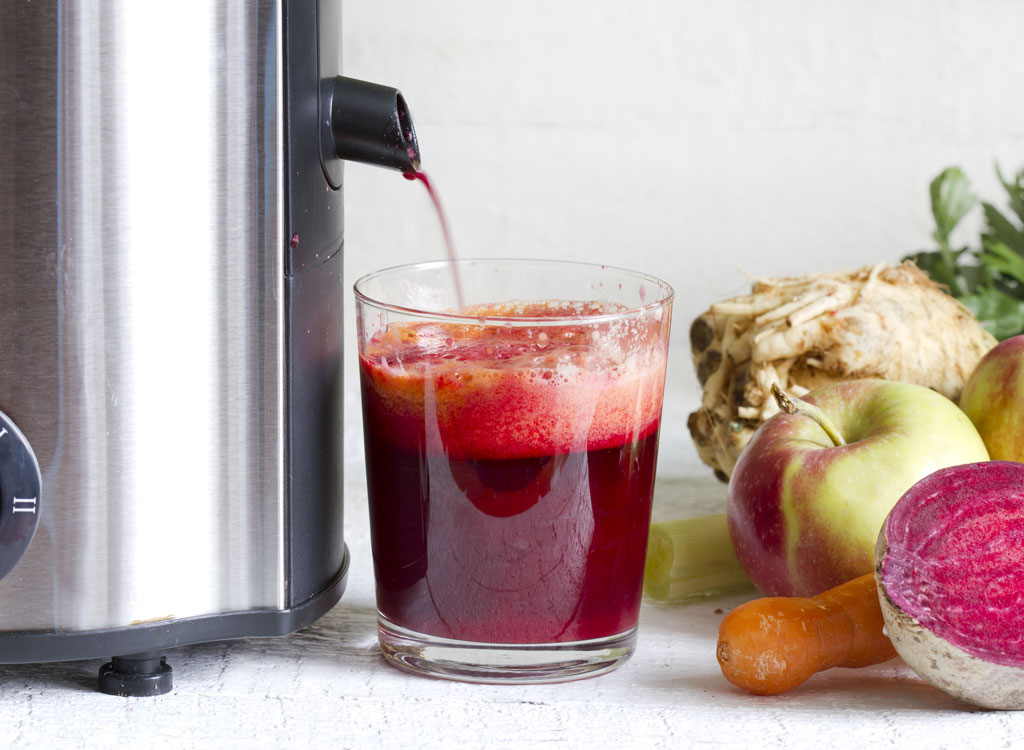
If the low-cal fare you’re eating lacks fiber, there’s no way it will keep you full and satisfied—which then increases the odds you’ll overeat later in the day, stalling your progress. A few low-calorie eats that are packed with fiber include raspberries (8 g/cup), chia seeds (7 g/2 tablespoons), and pears (5.5 g/medium-sized fruit). You’ll find loads of other options in our report 30 High Fiber Foods That Should Be In Your Diet. If you eat about five times a day, aim to consume 5 to 8 grams of fiber every time you sit down to refuel.
You’re Not Using Measuring Cups
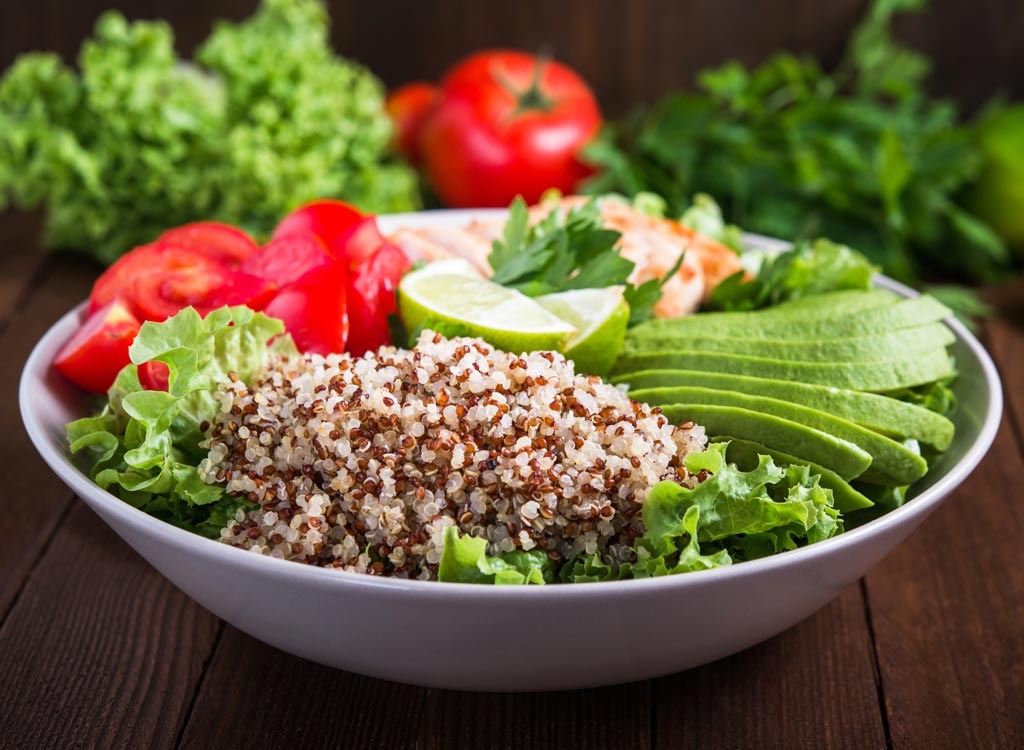
Healthy eats like Greek yogurt and nuts are only diet-friendly when you stick to the proper serving size. For example: If you down a half-cup serving of almonds in a single sitting, you’ll have consumed over 400 calories. That’s what you’d find in nine McDonald’s McNuggets! Are almonds better for you than fried chicken? Absolutely. But that doesn’t mean the excess calories won’t throw off your weight loss plan, so be sure to measure everything out so you can actually stick to your calorie allotment.
You Fear Fat—Even The Healthy Ones
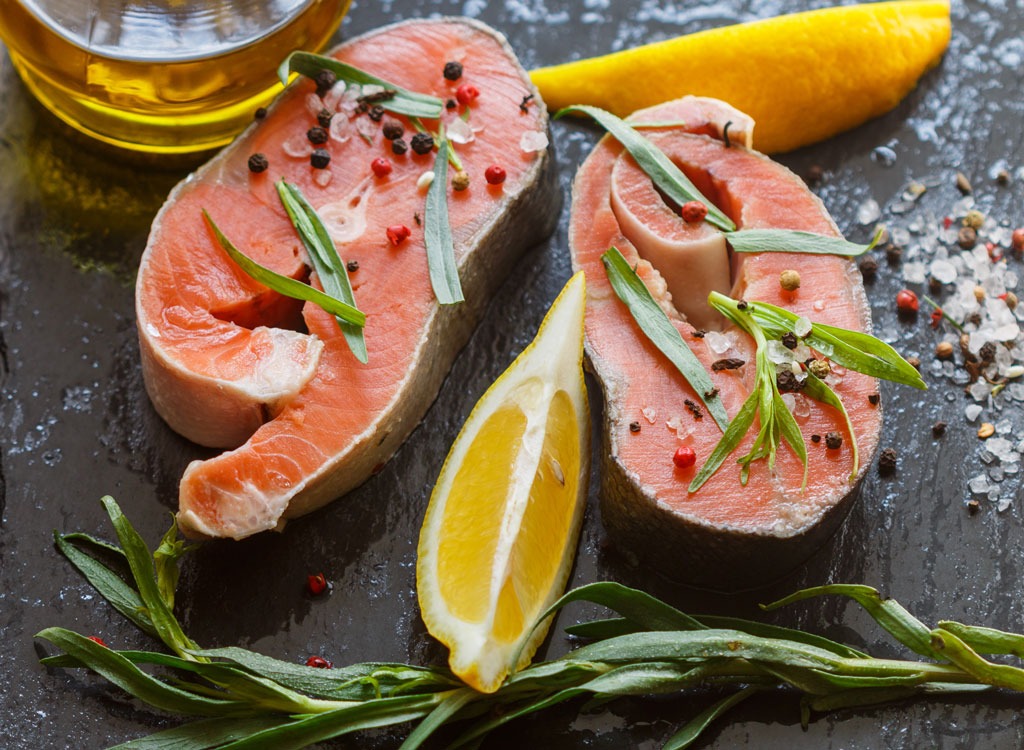
Gram for gram, fat has more calories than any other nutrient. Carbs and protein carry 4 calories per gram while fat packs a whopping 9 calories per gram. That said, we totally get why you’d assuming dialing back on your fat intake could help you stay on track with your low-cal diet. Sadly, however, this tactic will do your body more harm than good. Not only can a diet rich in healthy fats ward off heart disease and certain types of cancer, skimping on fat can make your body actually crave carbs. And when you crave more carbs, you’re likely to eat more simple carbs—the rapidly-digested nutrients that can spike your blood sugar. If you aren’t exercising, your body typically doesn’t need all of this energy. As a result, the insulin in your body will store the excess energy as fat, causing your blood sugar to plummet. A drop in blood sugar alerts your brain that you’re hungry—again—even though you just ate. On the other hand, consuming fat can ward off hunger by increasing satiety signals and slowing digestion, helping you to lose weight over time.
You Don’t Factor in Extras
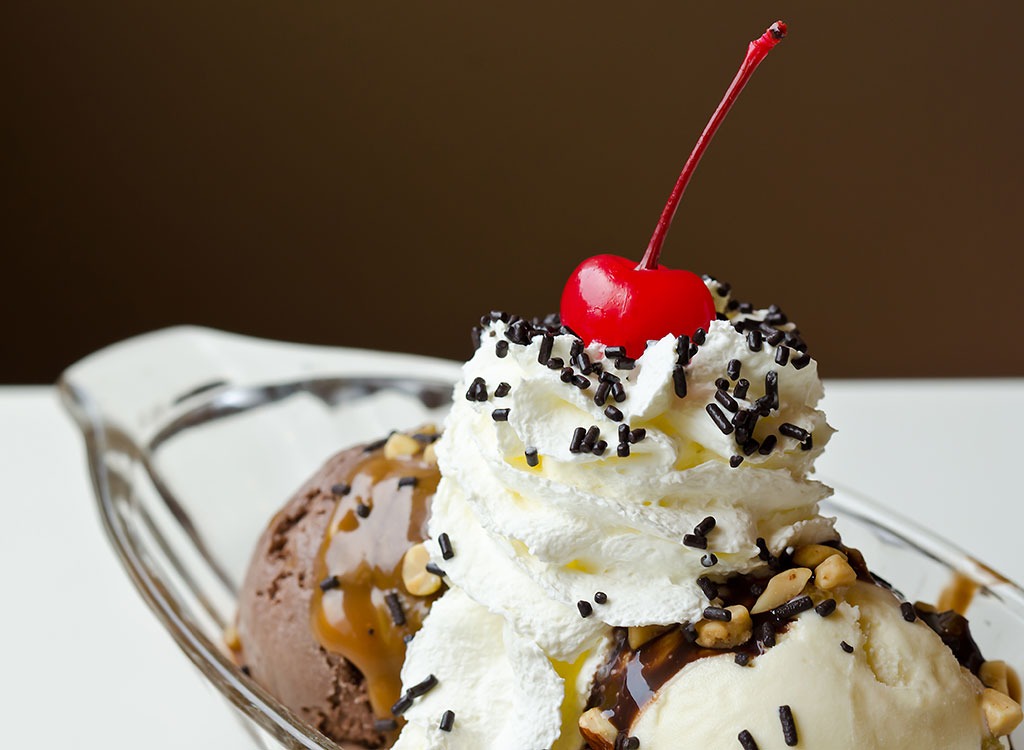
Many people think they’re making low-cal diet decisions when that couldn’t be further from the truth. Things like fro-yo and rice cakes are popular treats among low-calorie dieters, but they probably shouldn’t be. Sure, the average nonfat plain frozen yogurt has “just 35 calories per ounce,” but most of us eat 10 to 16 times that amount, depending on how high we fill our cups—and that’s before we add on any candy and cookie crumble toppings. While we’d all like to think we don’t use enough extras for the toppings to count, that’s just simply not true. The same goes for things like nut butters and raisins—two things people like to top their rice cakes with. Until you’re honest with yourself about what’s winding up on your plate—or in this case, in your bowl—you probably won’t have much success shedding those excess pounds.
You’re Overlooking Protein
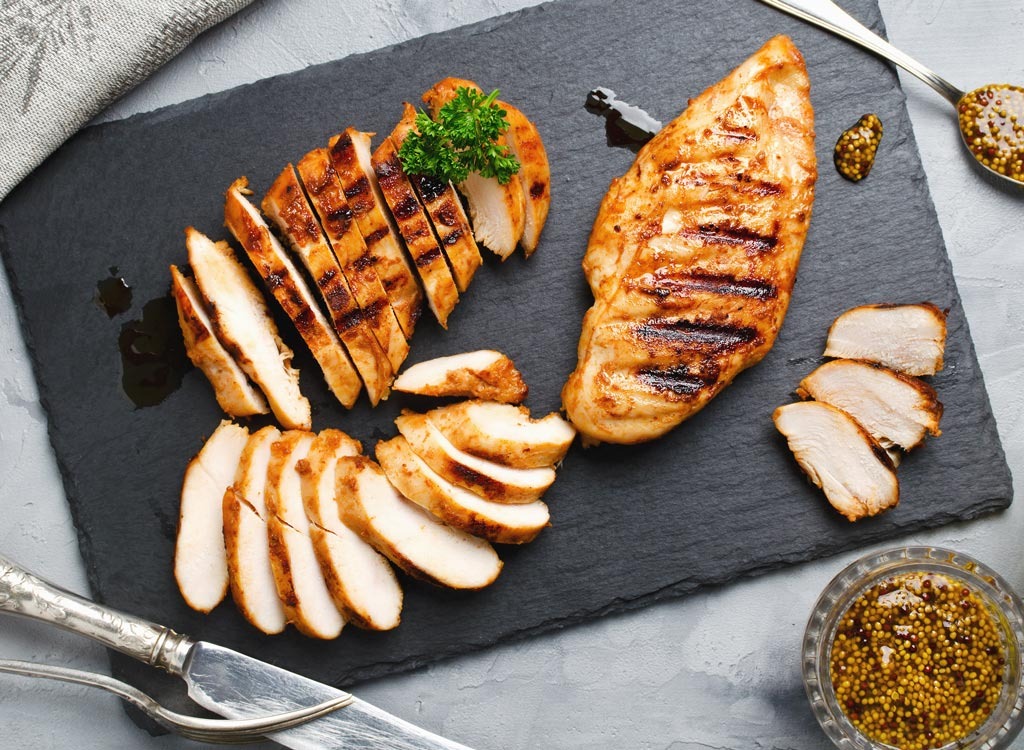
Protein helps to keep blood sugar levels even-keeled—which is key to warding off hunger when you’re on a low-cal plan. Consuming the nutrient can also rev post-meal calorie burn by as much as 35 percent and it helps you grow muscle, which can help you incinerate calories while you’re at rest. Aim to make it a component in every meal. A few ways to do it: Sprinkle nuts onto your oatmeal; toss shredded turkey into your lunchtime salad; pair your afternoon apple with a string cheese; or add some beans or grass-fed beef to your evening pasta. These 25 Ways to Up Your Protein Game can also help.
You Nibble on Your Kid’s Food

A bite of your son’s dessert or a taste of your daughter’s after school snack may not seem like a big deal, but these low-cal nibbles can add up over time, negatively affecting your weight loss progress. If munching throughout the day is a habit of yours, vow to write down everything you eat for an entire week and then add up the calories with the help of the USDA Food Composition Databases. You may be surprised to learn just how many unaccounted calories you’re consuming on a typical day. Once you see where most of your excess cals are coming from, it should be easy to dial back and actually stick to your low-cal plan.
Your Dinner Is Snack-Sized

While there is nothing wrong with making dinner your smallest meal of the day, you might have trouble dozing off and staying asleep if you eat too little and have a rumbling tummy. And when you don’t get a good night’s rest, it can actually increase your appetite and boost cravings for sugary foods like donuts and ice cream. Nutrition and fitness expert Jay Cardiello explains that when you don’t get enough sleep, levels of leptin (the “I’m full” hormone) drop, which then increases appetite and makes comfort food more appealing. Along with making your appetite go crazy, certified holistic health counselor, Seth Santoro, explains a lack of sufficient sleep “can cause you to burn fewer calories, lack portion control, and experience an increase in cortisol levels, which stores fat.” Yikes! So, what should you nibble on before bed? Check out our report The 30 Best and Worst Foods To Eat for Sleep to find out!
You Reach for Diet Over Regular
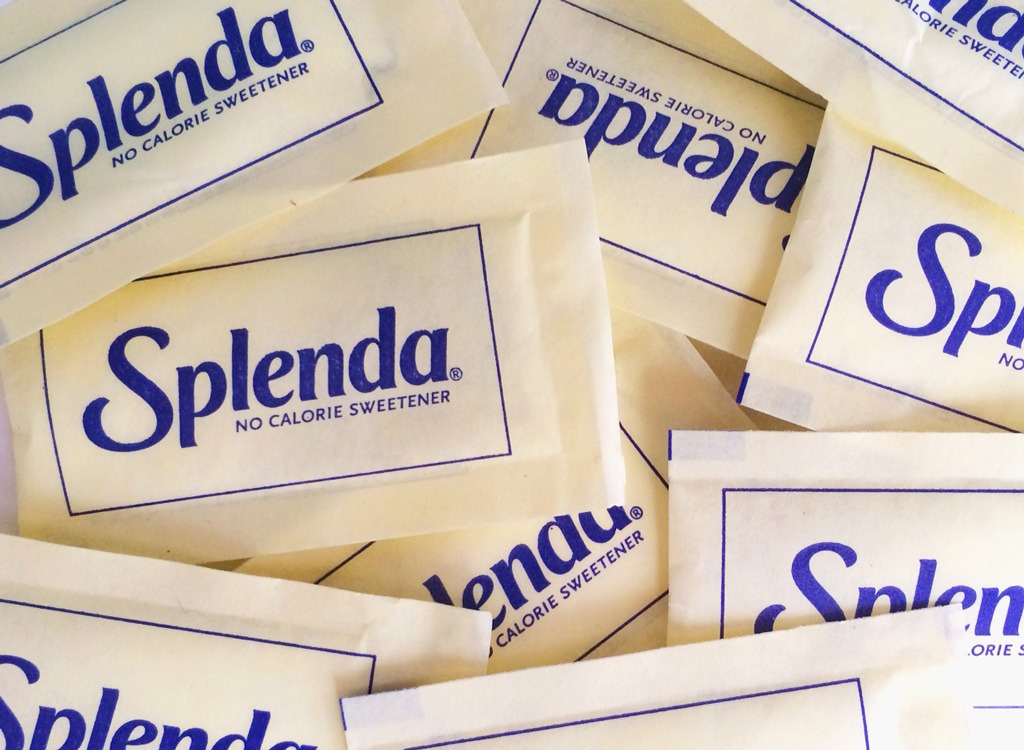
There are tons of low- and zero-calorie foods in the market and nearly all of them are bad news. While the reasons why vary from product to product, the bulk of them are dietary devils because they’re made with artificial sweeteners. “[Artificial sweeteners] cause insulin to be released in your gut because [they’re] sweet like sugar,” Miriam Jacobson, RD, CDN, tells us. “Insulin is your body’s primary fat-storage hormone, so it will have the body hold onto any extra fat.” Plus, many sweeteners (like Splenda) aren’t actually calorie-free like they claim. The first two ingredients in Splenda are dextrose and maltodextrin, which are carbohydrates that do in fact contain calories. Believe it or not, one cup of Splenda has 96 calories and 32 grams of carbohydrates. Bet you didn’t see that one coming! Find out more sneaky foods among these 12 “Zero Calorie” Foods That Totally Have Calories!
You Use Butter Spray
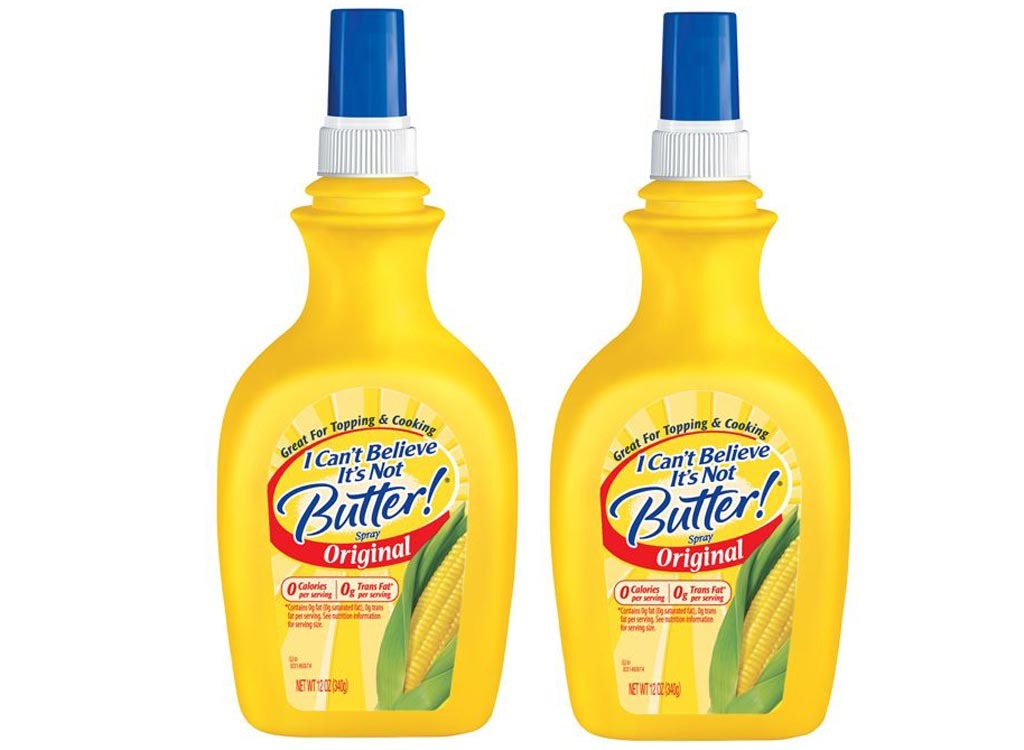
Like diet drinks, we consider butter sprays to be “low-cal” diet traps. I Can’t Believe It’s Not Butter Spray, for example, claims to have zero calories, but the entire bottle contains a whopping 904 calories and 90 grams of fat—all of which come from soybean oil. Soybean oil was recently found to cause more weight gain than sugar, likely because it’s a source of inflammatory omega-6s. Although our bodies do need some omega-6s, excessive amounts can increase appetite and slow the rate at which the body burns fat, causing weight gain, say University of California researchers. Not to mention, a stick of butter has about the same amount of fat as the spray, but carries about 100 fewer calories, making it the better choice. It’s also an excellent source of conjugated linoleic acid, or CLA, a fatty acid sold commercially as a fat-burning supplement.
You’re Not Paying Attention

As we mentioned earlier, low-calorie foods are great for dieters—but only if you eat the right amount of them. If you eat too large of a serving, they are no longer low-calorie; so it’s important to pay attention to how much you’re consuming. That means you shouldn’t eat in front of the TV or in front of your computer at the office. If you’re minimizing distractions, it will be easier for your brain to receive your satiety signals, which helps ensure you don’t overdo it.
You Assume Light is Low-Cal
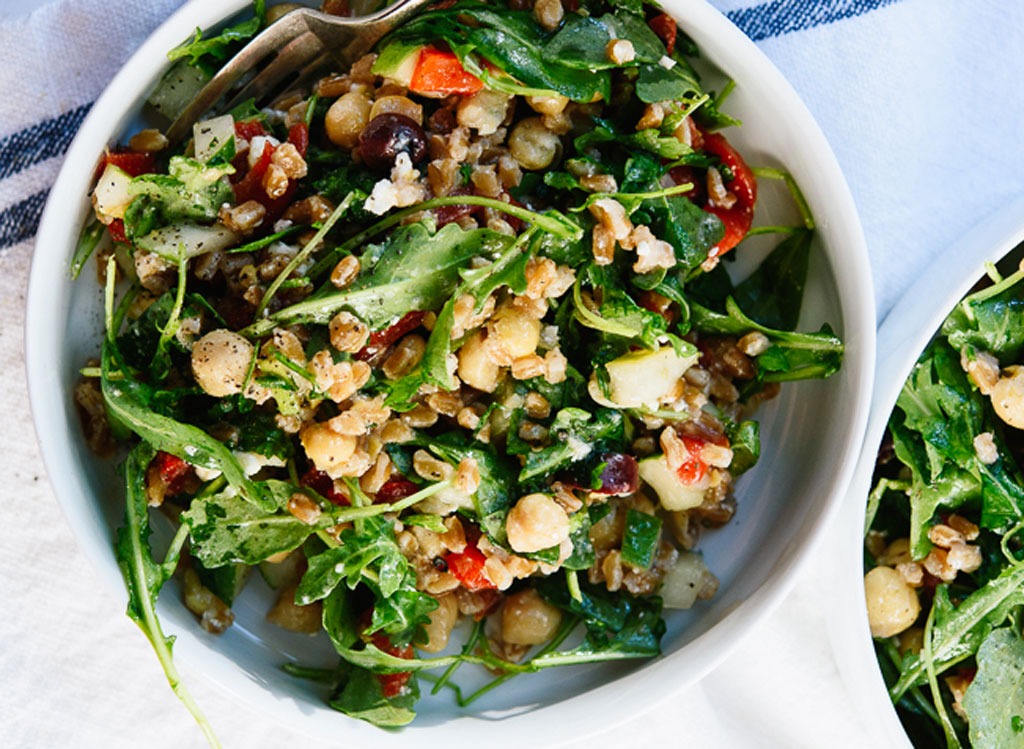
Most of us consider coffee and salads to be low-calorie—and often, they are. But that doesn’t guarantee that will always be the case. You may think you’re having a low-cal meal when you order Applebee’s Oriental Chicken Salad, for example, but the truth is that this specific bed of greens has 1,420 calories and 99 grams of fat! (No wonder it’s one of America’s Worst Restaurant Salads!) The lesson here: Do some research before you down a drink or a dish and confirm it’s actually as light and healthy as it appears.
